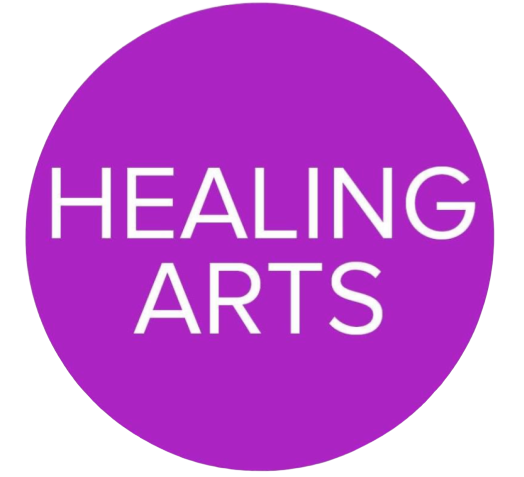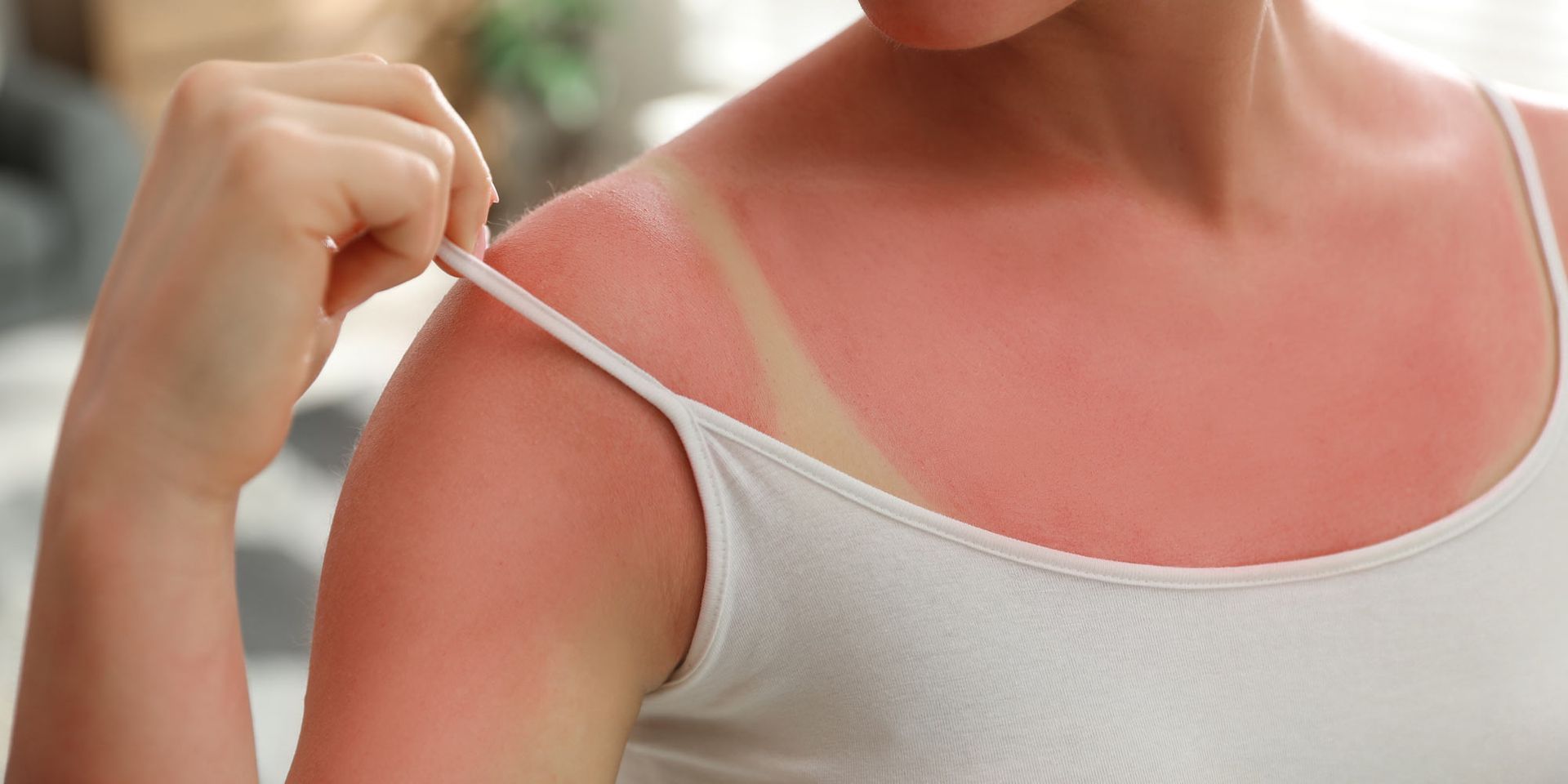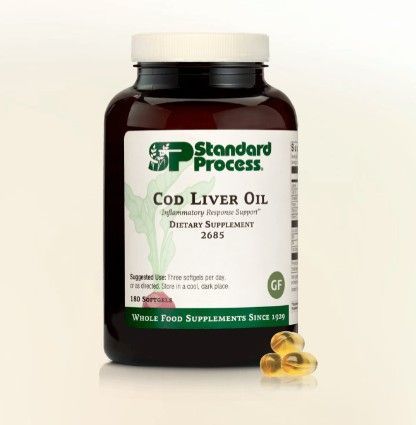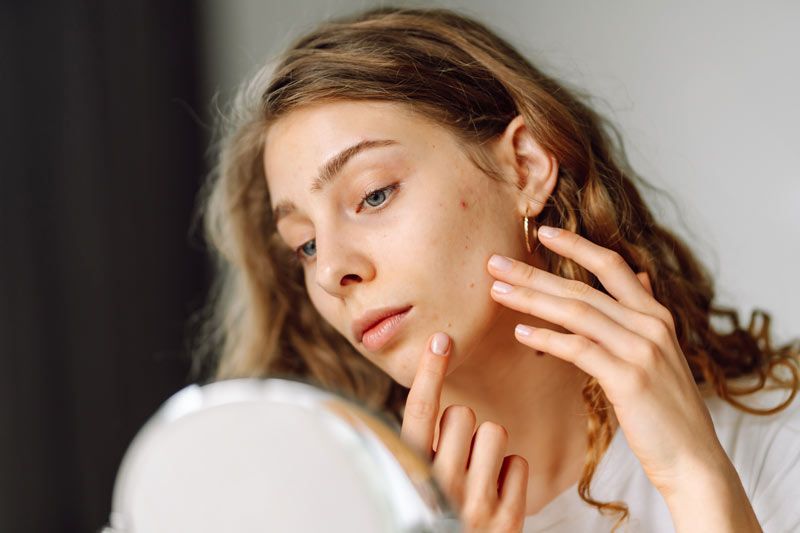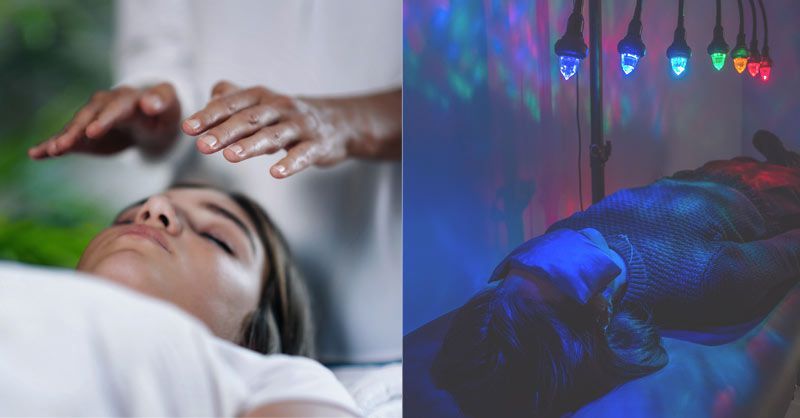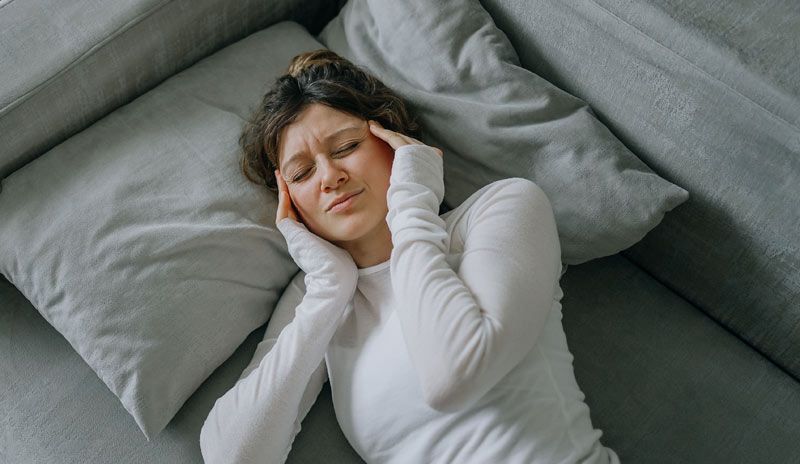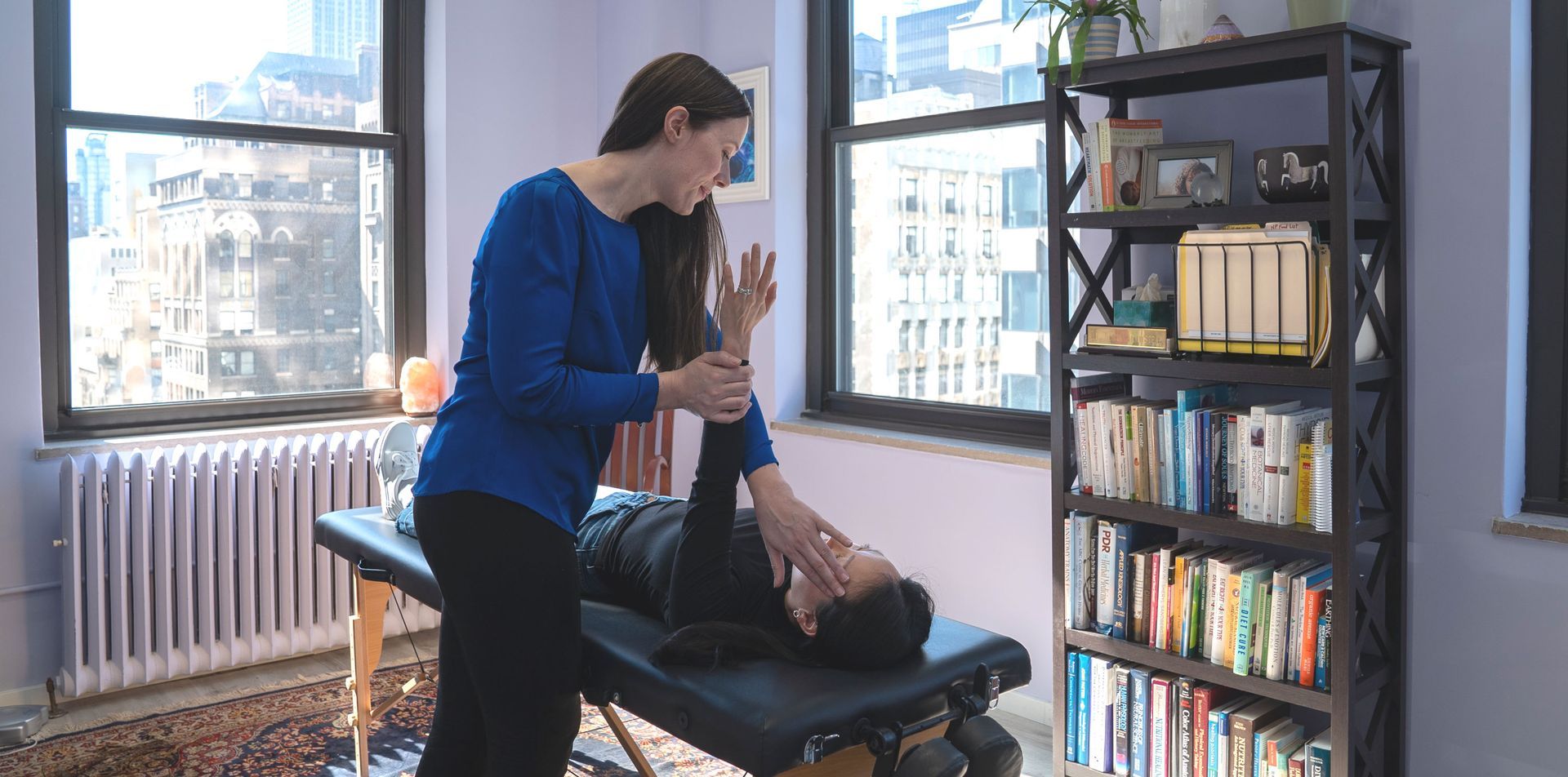5 Natural Ways to Prevent Sunburns
We are culturally aware of the harmful effects of the sun and using SPF lotions but know these good reasons for sun exposure, too. We just have to be smart about our sun exposure.
-Dr. Alicia Armitstead
Sunburns are harmful because they cause direct damage to the skin cells through exposure to ultraviolet (UV) radiation, resulting in painful redness, swelling, and sometimes blistering. They significantly increase the risk of developing skin cancers, including melanoma, which is the most dangerous form. Additionally, UV radiation accelerates the aging process of the skin, leading to wrinkles, sagging, and age spots. Excessive UV exposure can also weaken the skin's defenses and impair the immune system's ability to protect against infections.
Sunburns often cause considerable pain and discomfort, impacting daily activities, and in severe cases, they can lead to dehydration and contribute to heat-related illnesses like heat exhaustion or heat stroke. Protecting your skin by using sunscreen, wearing protective clothing, and avoiding excessive sun exposure is essential.
As I was laying on the beach this Memorial Day weekend (I hope you enjoyed your weekend as well!) it occurred to me to write this blog. In the past I have written about healthy sunscreens but there are other ways to prevent sunburns too.
Sunlight is made up of about 1,500 different wavelengths. It is comprised of infrared, visible, and ultraviolet light, which filters through the atmosphere to reach us on Earth in what we experience as crisp, beautiful daylight. Apart from the obvious necessity of sunlight for visibility, warmth, and also for photosynthesis of the plants we eat, studies have revealed numerous benefits for humans, including:
- Vitamin D synthesizing- the UVB rays of the sun react with cholesterol derivatives in the skin to produce this important vitamin. Without sunlight, this conversion cannot occur, and the body must rely on the available sources of food.
- Increased daytime awareness- studies show that natural light (over artificial) enhances alertness, drive, and focus
- Natural pain killer- several studies have shown that sunlight can have an analgesic effect, easing pain
- Mood enhancing- spending time in the sun increases serotonin, your feel-good hormone
- Cortisol regulating- research has highlighted the effects of natural light/dark cycles on maintaining a healthy flow of cortisol to modulate energy and stress.
We are culturally aware of the harmful effects of the sun and using SPF lotions but know these good reasons for sun exposure, too. We just have to be smart about our sun exposure. What you need to know about SPF lotions is that they rarely work as promised. SPF is the rating system used to designate how much UV radiation is blocked upon application. With the wide variety of products out there boasting these numbers, one would logically conclude that 30 SPF is twice as protective as 15 SPF, and so on...yet this isn't necessarily the case. Generally speaking, SPF 15 is thought to block 94% of UV radiation, SPF 30 only 97%, and SPF 45 98%.
Complicating this issue further is the fact that these numbers are all highly variable based on the skin type of the user, how liberally the sunscreen is rubbed on, what kinds of activity one is engaged in, frequency of reapplication, and what time of day you are spending in the sun. Therefore, as companies continue to design evermore expensive, high SPF, "waterproof" sunscreens- there is little actual improvement in protective value. The Food and Drug Administration even recently proposed an upward limit of SPF 50 on labels in order to limit unrealistic claims about the efficacy of certain "ultra," "mega," and "superstar" sunscreens.
The next problem is the sheer chemical load pumped into these products. Many contain fragrance chemicals, parabens, harsh alcohols, toxic chemical solvents, titanium, and petroleum oils that are both unstable and harmful- especially when applied with frequency to porous skin. Titanium dioxide, one of the most popular sunscreen compounds, is a "potential occupational carcinogen" according to the government, and octyl methoxycinnamate (OMC), found in many conventional sunscreens, has been shown to cause damage to living tissue if it penetrates too deeply. Non-nano zinc oxide SPF lotions are the best way to go because zinc blocks harmful rays, and the non-nano part is its size, which is too big to penetrate your skin. It does the job just by sitting on top of your skin.
So what can we do to naturally avoid burns while still catching a good amount of healing golden rays? While it is certainly true that red, peeling, embarrassing sunburns are problematic and damaging to the skin, experts are now admitting that the dangers of the sun in general have been largely exaggerated, while the benefits are underestimated. Newer medical research has revealed that sun exposure is not as closely linked to all skin cancers as previously thought, and other factors such as diet, exposure to environmental toxins, and a paradoxical lack of vitamin D also play a role. As always, know your body and your skin, and make the choices that are most comfortable for you.
Limit Time in the Sun
Especially early in the season, your skin needs time to adjust so that the melanocytes kick into gear to produce their protective pigment (resulting in a tan). Also note that the body reaches its full capacity of producing Vitamin D in anywhere from 20 minutes to 1 hour midday, depending on your skin tone. So, after this amount of time, cover up using loose white clothing or finding shade. And yes, although it may be counterintuitive, white clothing has actually been scientifically proven to help keep the body cooler than wearing no clothing.
Cod Liver Oil Supports Healthy Skin and Eyes
- Cod Liver Oil contains the omega-3 fatty acid, DHA, which is important for normal brain structure*
- Supports epithelial tissue
- Supports bone and tooth health
- Supports musculoskeletal system
- May support liver function
- Supports immune system response
- Supports healthy inflammatory processes*
- Excellent source of antioxidant vitamin A
- Good source of vitamin D
- Order Cod Liver Oil
Consume More Vitamin D
While the sun helps us to manufacture vitamin D, consuming vitamin D rich foods like cod liver oil and/or supplementing with quality source of oral vitamin D3 can in turn help to protect us from the UV radiation of the sun.The more vitamin D you have in your body the more protected you are from the sun.
Eat Saturated Fats
It's true; healthy fats truly relate to everything. Including stable, robust fats in the diet is crucial to resilient skin. Dietary fats and oils provide building blocks for skin tissues. Without the right fats, the skin becomes dry, and hair and nails become brittle. Saturated fats are thought to increase total cholesterol, so use them in limited amounts if your cholesterol is high. Saturated fats include:
- Dairy foods – such as butter, cream, ghee, regular-fat milk, and cheese if we allow you to.
- Meat – such as fatty cuts of beef, pork and lamb, processed meats like salami, sausages and the skin on chicken.
- Lard
- Coconut oil
Balance Your Mineral Intake
Deficiencies in certain minerals, such as zinc and magnesium, can cause photosensitivity and sun rashes. Be sure to have your mineral status checked by us and consume mineral-rich foods from both plant and animal sources. Bone broths are particularly balanced in trace minerals.
Rub Coconut Oil on the Skin
It may be delicious to eat, but cold-pressed coconut oil is also a powerful healing agent when applied to the skin. There is anecdotal evidence showing that Polynesians frequently rubbed this precious oil on before spending long periods of time in the sun. Although it has been tested to block only about 20% of the sun's rays, its value lies more in the powerful antioxidants it releases into the skin, which bolsters natural defenses and prevents damage from long-term sun exposure.
I hope you have found this blog helpful and it contributes to you enjoying a long and healthy summer!
